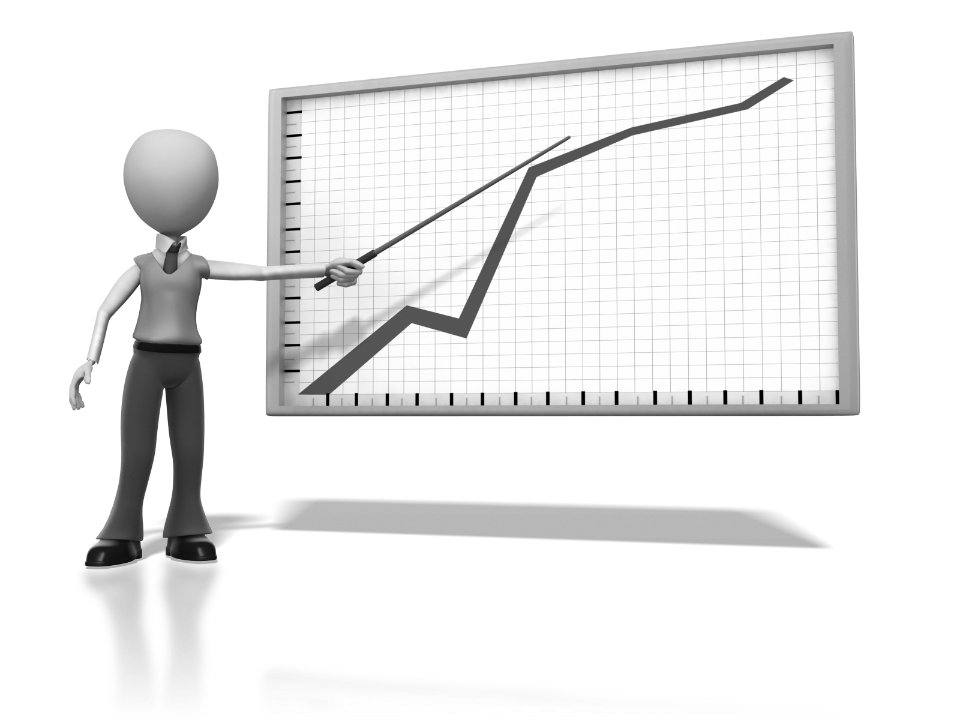Compelling Presentations Accelerate the Sales Process.
As sales professionals, we are under constant pressure to close deals more quickly without compromising quality or credibility. One often-overlooked accelerator? A strategically positioned, compelling sales presentation. More than just a slide deck, a well-crafted presentation acts as a tool to align stakeholders, clarify value, and create urgency. When done well, it becomes a catalyst for momentum, shortening sales cycles and increasing your close rate.
Presentations Matter More Now Than Ever!
B2B selling is complex. Buying decisions involve the agendas of multiple people, technical requirements, budget concerns, and risk aversion. Without a clear and compelling story to unite and motivate decision-makers, deals often stall or die. A well-positioned presentation solves this by:
- Clarifying your value proposition. Busy executives do not want features; they want to know what problem you solve, why you’re better in a unique way, and what business outcomes they can expect.
- Controlling the narrative. When stakeholders replay your presentation internally, they’re sharing your actual message, not a distorted summary.
- Compressing discovery and decision-making. Great presentations preempt objections, align priorities, and make the next steps obvious.
- Building trust and credibility. A confident and professional delivery conveys competence, preparation, and a sense of partnership, thereby reducing perceived risk.
In short, strong presentations reduce the need for multiple follow-up meetings, minimize confusion, and speed up consensus.
Common Presentation Pitfalls That Prolong the Sales Cycle.
Before diving into tips, it’s worth acknowledging what doesn’t work:
- Generic decks. If your presentation appears to apply to any prospect, it will likely resonate with none of them.
- Feature dumps. Buyers aren’t looking for product specs, they’re looking for impact.
- Poor visuals. Dense slides, outdated templates, and excessive text weaken attention and credibility.
- No clear call to action. If your audience is unsure of what to do next, momentum dies. You need a call to action.
Tips to Create High-Impact, Sales-Accelerating Presentations
1. Start with the Problem, Not the Product
Frame your presentation around the business challenge your prospect is facing. Open with a concise, insight-driven articulation of that problem. Then, build toward how your solution uniquely solves it.
Pro tip: Use data and third-party trends to validate the urgency of the problem, especially when selling to senior leaders.
2. Anchor on Outcomes
Shift the focus from what your offering does to what it achieves. Show how you help customers increase revenue, reduce costs, mitigate risk, or gain a competitive advantage. Quantify the results when possible.
Example: “Customers using our platform average a 22% increase in throughput within 90 days.”
3. Visualize the Solution Simply
Use clean, professional visuals to show how your solution works. Before-and-after scenarios, case snapshots, and diagrams are more effective than slide after slide of bullet points.
Keep it simple: One idea per slide. Use visuals to illustrate impact and make solid points, not just decorate.
4. Customize for Each Buying Committee
Tailor your presentation to the specific roles in the room. Finance cares about ROI. Operations cares about ease of integration. Executives care about strategic alignment. Anticipate their perspectives and address them.
Bonus tip: Include a “quick summary” slide for decision-makers who weren’t in the room but need to approve.
5. End with Momentum
Close with a slide that clearly outlines the next step and makes it easy to proceed, whether it’s scheduling a demo, initiating a pilot, or outlining a proposal. Be sure to include a timeline if applicable. Remove friction from moving forward.
Time kills deals in B2B selling. A compelling, well-positioned presentation does not just impress; it creates clarity, builds confidence, and drives urgency. When your presentation becomes a decision-making tool, rather than just a sales formality, you empower your buyer to act more quickly.

